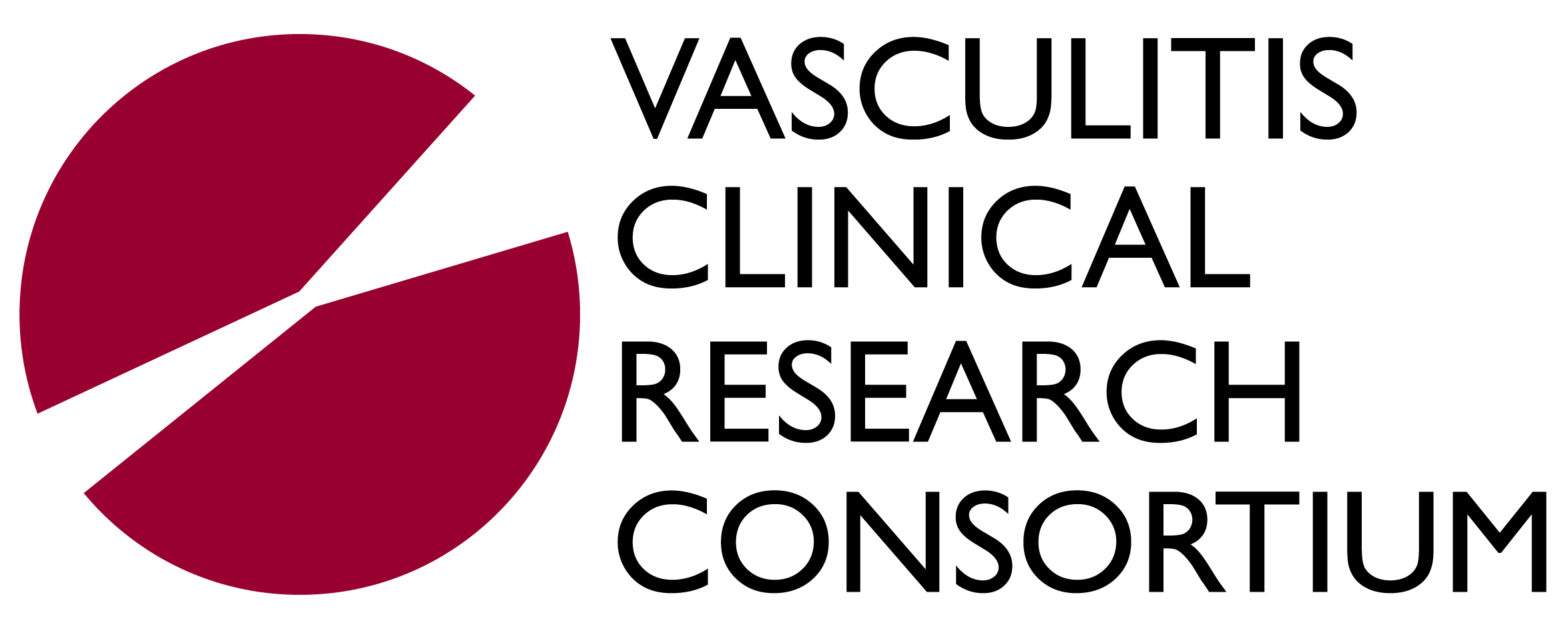What is giant cell arteritis?
Giant cell arteritis (GCA), also known as “temporal arteritis” or “cranial arteritis”, is a form of vasculitis affecting medium and large sized blood vessels, especially those of the aorta and arteries going from the aorta to the arms, legs and the head. GCA most frequently affects the arteries in the head, leading to narrowing and sometimes to complete blockage of the blood vessel. This results in the surrounding tissues being deprived of an adequate blood supply. When GCA involves the arteries that supply blood to the eyes, blindness in one or both eyes may develop suddenly. Along with visual changes, the most common symptoms in GCA include headaches, pain in the jaw or tongue muscles when eating or talking, tenderness of the scalp, fevers, and arthritis, particularly pain and stiffness of the shoulders and hips. This pain and stiffness of the shoulders and hips is called polymyalgia rheumatica. Polymyalgia rheumatica can occur without giant cell arteritis.
Who gets giant cell arteritis?
Although still a relatively rare disease, GCA is one of the most common types of vasculitis. GCA only affects people older than 50 years of age and especially those older than 65. Women are somewhat more likely to get the disease than men.
What causes giant cell arteritis?
The cause of GCA is unknown.
How is giant cell arteritis diagnosed?
The diagnosis of GCA depends on both clinical signs and symptoms and a combination of laboratory tests and tissue biopsy. At the time of diagnosis, most patients (90%) with GCA have an elevated erythrocyte sedimentation rate (ESR or “sed rate”), a non-specific blood marker of inflammation, and many patients have anemia. Biopsy of the temporal artery, located above and front of the ear, is a simple and relatively safe procedure that does not usually require staying in a hospital, is the most reliable method of diagnosing GCA. Some patients with negative biopsies can still have the disease.
What is the treatment for giant cell arteritis?
Treatment with glucocorticoids should begin as soon as the diagnosis is assumed to be likely. Glucocorticoids are often started even before a biopsy is performed to help prevent blindness or other problems. Glucocorticoids are given in high doses for several months and then slowly reduced. Many experts also prescribe a low-dose aspirin each day for patients with GCA. There are no other drugs, including the chemotherapy and other drugs which affect the immune system which are clearly proven to be of benefit in the treatment of GCA. Polymyalgia rheumatica without GCA is treated with doses of glucocorticoids lower than those used for treating GCA. The average duration of treatment is between two and three years, but this varied considerably for individual patients.
What are the chances that my newly diagnosed vasculitis will relapse?
Reported relapse rates in giant cell arteritis have ranged from 50-90%.

